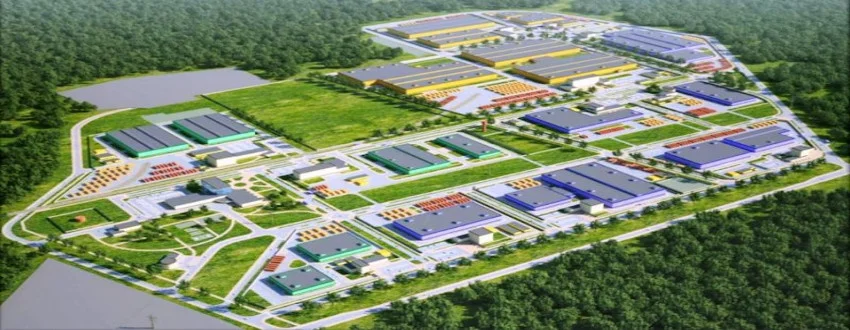
Communities, countries and regions adopt trade and exchange, to access goods and services, forge strong ties and partnerships and harness value-addition. Trade contributes to the establishment and growth of various sectors while driving the prosperity of economies globally. With the simultaneous development of trade frameworks that govern the flow of goods and services across countries, policies have been modelled to nurture the supply and demand dynamics and collectively contribute to economic growth. In Kenya, one of these policies was Vision 2030, which in particular, aimed at unlocking the tried and tested economic benefits offered by Special Economic Zones (SEZs). The SEZs complement Export Processing Zones (EPZs) and are meant to create an enabling environment for businesses, especially manufacturers. In countries such as China and India, SEZs have been gradually designed and modified to leverage their location and economies of scale, maximise on available and affordable capital, talent and technology, which ultimately supported the graduation from developing countries to developed countries status. If this is the case, why is it that the success stories of Kenyan SEZs are inaudible and dismal? Are their efforts insignificant or could it be that their shortcomings are due to the unfamiliarity of running the modalities of SEZs? That Kenya has gazetted only about 23 SEZs since 2015 when it enacted the SEZs Act is concerning. Four of these are government-owned — Konza Technopolis, Naivasha, Dongo Kundu and Miritini SEZs while a good number are privately-owned such as Tatu City. Their performance has been grossly underwhelming. The influence that SEZs contribute to the overall Kenyan economy is an abstract concept that has not yielded substantial benefits, and this can be attributed to a number of reasons. First, special economic zones in the country appear to be standalone initiatives, which have no connection to other economic sectors. In most cases, the government allocates geographically delimited areas, labels them as SEZs and hopes to attract investors. In reality, it is imminent that this is an impractical approach because land alone cannot be a sufficient incentive for investors to setup in special economic zones. Surrounding ecosystem contributes to the enrolment of businesses to SEZs and this includes an independent and vibrant administrative centre, closeness to international markets through air and seaports, labour mobility and facilities that enhance skills, among others. Without these bare minimums, an unfavourable business environment would exist hence making it difficult to reap from SEZs. Secondly, physical infrastructure is needed to enhance the attractiveness of special economic zones in Kenya. Dongo Kundu SEZ is a worthy example of an SEZ that has the potential to create a positive socio-economic ripple effect to Mombasa and the country at large but it’s choked by internal wrangles among stakeholders and resettlement disputes of squatters. Sound policies and pragmatic, multi-faceted governance approaches stand to work for the betterment of this pursuit.
Premium Content
Kes 600 / Month


.jpeg)